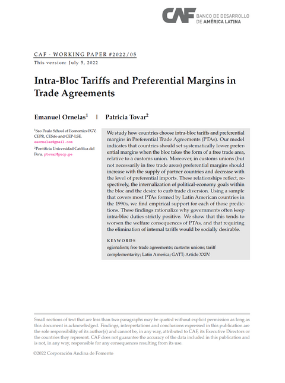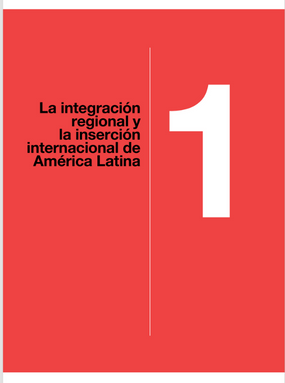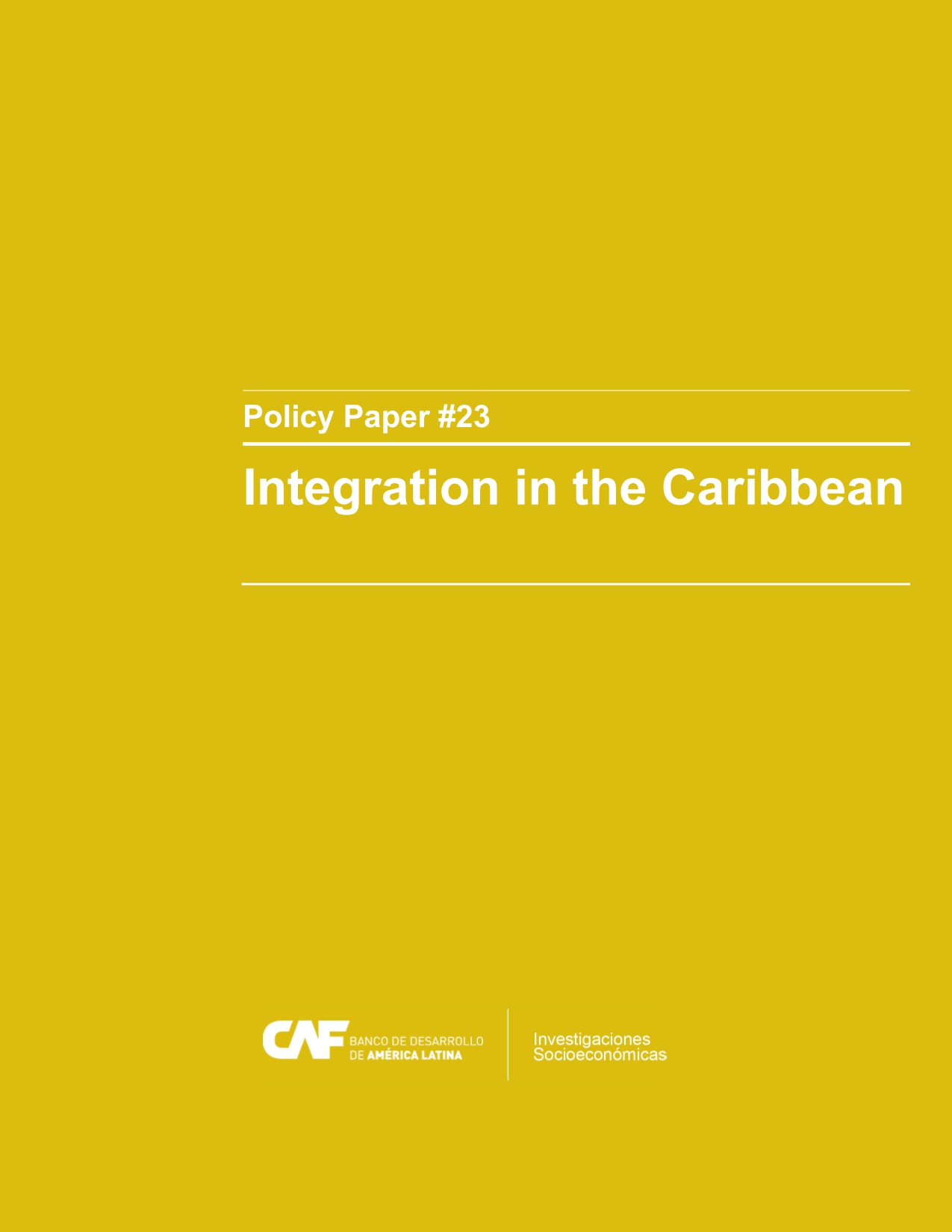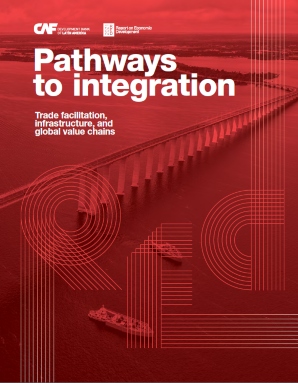Intra-bloc tariffs and preferential margins in trade agreements
Resumo
We study how countries choose intra-bloc tariffs and preferential margins in Preferential Trade Agreements (PTAs). Our model indicates that countries should set systematically lower prefer-ential margins when the bloc takes the form of a free trade area, relative to a customs union. Moreover, in customs unions (but not necessarily in free trade areas) preferential margins should increase with the supply of partner countries and decrease with the level of preferential imports. These relationships reflect, re-spectively, the internalization of political-economy goals within the bloc and the desire to curb trade diversion. Using a sample that covers most PTAs formed by Latin American countries in the 1990s, we find empirical support for each of those predic-tions. These findings rationalize why governments often keep intra-bloc duties strictly positive. We show that this tends to worsen the welfare consequences of PTAs, and that requiring the elimination of internal tariffs would be socially desirable.
Assunto
País / Región
Data
2022-07-11Cite esta publicação
Item que pertence à coleção
Autor
Ornelas, EmanuelTovar, Patricia
Items Relacionados
RED 2021 - Capítulo 1: La integración regional y la inserción internacional de América Latina
La integración regional y global permite a los países expandir los mercados para comprar insumos y vender sus productos, promueve ganancias de especialización ...
Integration in the Caribbean
Trade and economic integration improve welfare and productivity through several channels. Trade increases market size to export and import, promotes ...
Pathways to integration: trade facilitation, infrastructure, and global value chains
Over the last 30 years, most Latin American countries have unilaterally and multilaterally implemented trade liberalization policies within regional and ...






